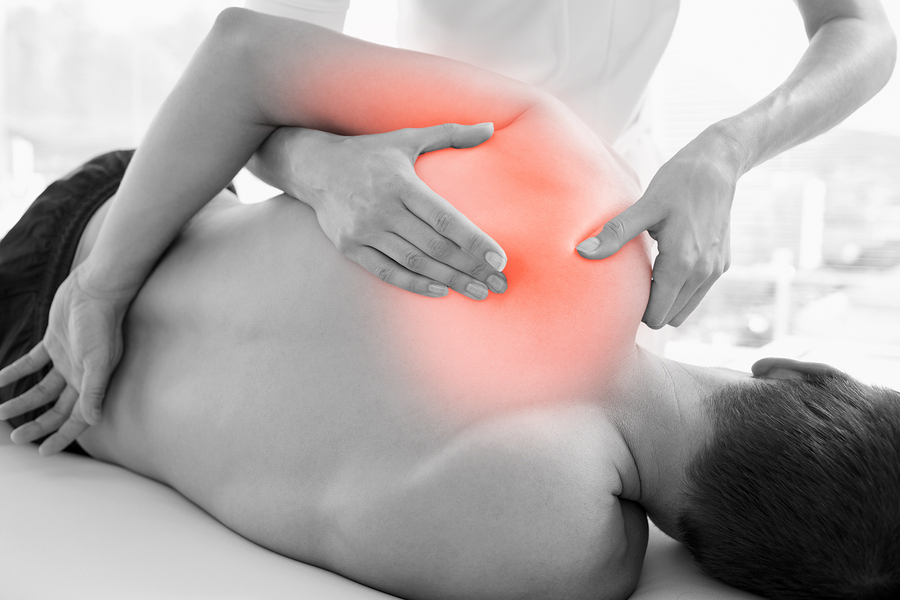Do Smartphones Cause More Headaches?
/By Pat Anson, PNN Editor
People with headaches who use smartphones are more likely to use more pain medication, but get less relief from the drugs, according to a new study conducted in India.
Researchers surveyed 400 people who suffer from a primary headache condition, which includes migraine, tension headache and other types of headaches, asking them about their smartphone and medication use.
The smartphone users were more likely to take pain-relieving drugs for their headaches than non-users, with 96% of smartphone users taking the drugs compared to 81% of non-users. Smartphone users took an average of eight pills per month compared to five pills per month for non-users.
Smartphone users also reported less relief from pain medication, with 84% gaining moderate or complete relief of headache pain compared to 94% of non-users. The study findings were published in the journal Neurology Clinical Practice.
"While these results need to be confirmed with larger and more rigorous studies, the findings are concerning, as smartphone use is growing rapidly and has been linked to a number of symptoms, with headache being the most common," said lead author Deepti Vibha, DM, of All India Institute of Medical Sciences.
The study has limitations. It only examined people at one point in time and did not follow them over an extended period. It also relied on people to self-report their symptoms and use of pain medication.
While the study does not prove that smartphone use causes headaches or greater use of pain medication, it does show an association.
“There is a great deal of speculation among the lay population regarding the effect of computers and mobile phones on ailments such as headaches and neck pain. However, although there are anecdotal stories suggesting a link between technology use and pain, there is little evidence of either a definitive relationship or data absolving mobile phones or computers from a link to recurrent pain,” wrote Heidi Moawad, MD, of Case Western Reserve University, in an editorial accompanying the study.
“Smartphone users may rely on the devices for many hours per day -- while on the go, resting, or working -- which puts a strain on the eyes, neck, and back. As people are becoming more dependent on these devices, it would be worthwhile to know whether using smartphones could lead to health problems.”
A 2017 study speculated that high energy visible (HEV) light – also known as blue light – emitted by smartphones, laptops, desktop computers and other digital devices could contribute to headaches by causing eye strain. Blue light has a very short wavelength that penetrates deep into the eye.
A nationwide survey of nearly 10,000 adults by The Vision Council found that about a third had symptoms of digital eye strain, including neck and shoulder pain, headache, blurred vision and dry eyes.
More information about blue light can be found at BlueLightExposed.com.
















